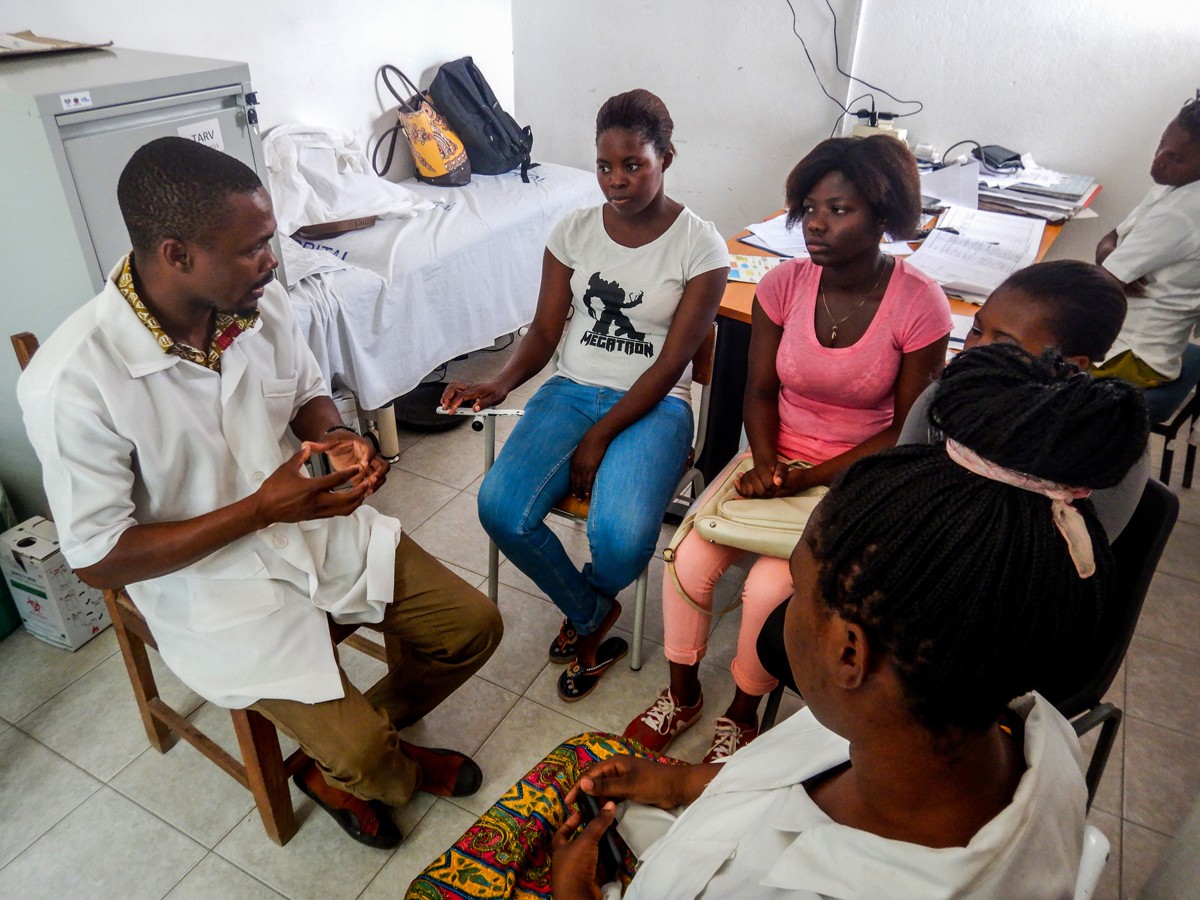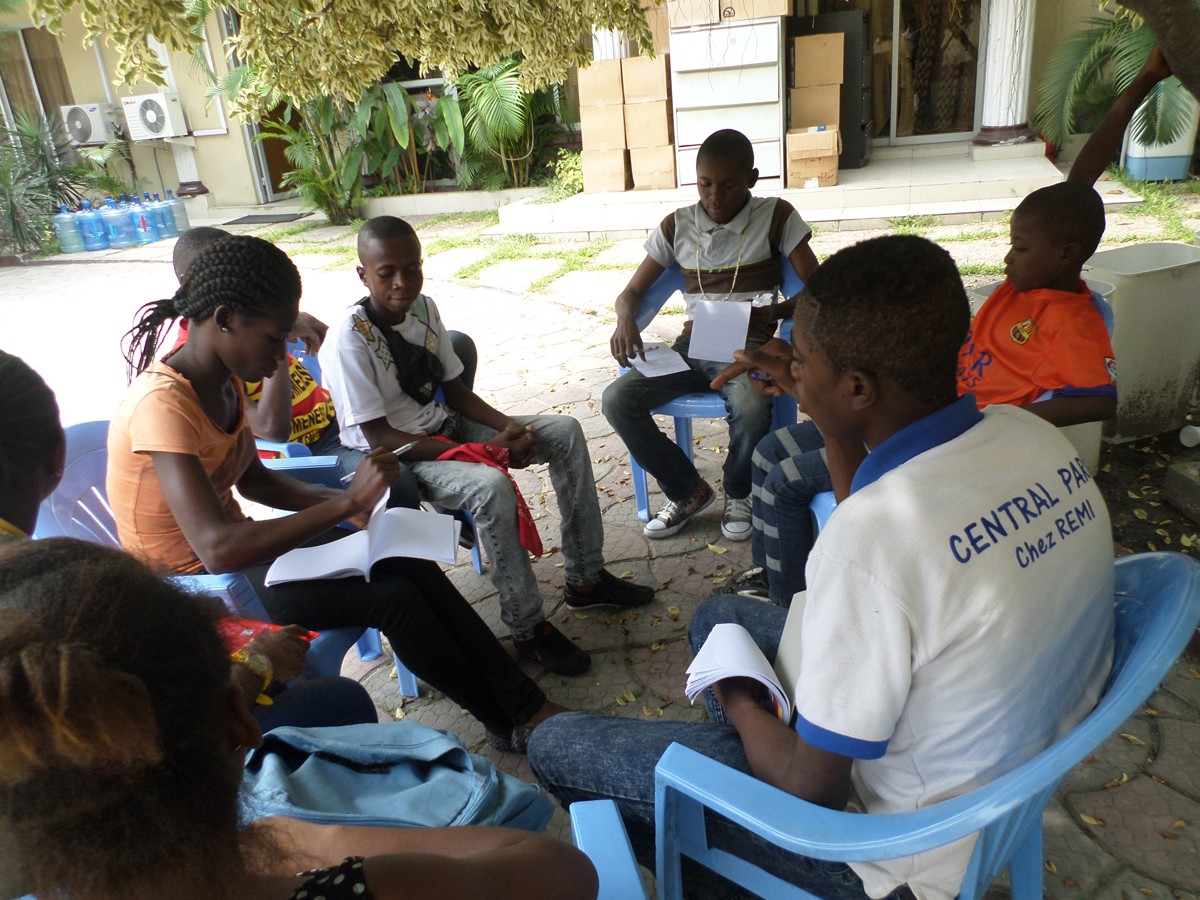Authors:
Joanne E. Mantell, Jennifer M. Zech, Tsitsi B. Masvawure, Tamrat Assefa, Mitike Molla, Laura Block, Dereje Duguma, Zenebe Yirsaw, & Miriam Rabkin
Abstract:
Background
Multi-month dispensing (MMD) of antiretroviral therapy (ART) is an integral component of differentiated HIV service delivery for people living with HIV (PLHIV). Although many countries have scaled up ART dispensing to 3-month intervals, Ethiopia was the first African country to implement six-month dispensing (6-MMD) at scale, introducing its Appointment Spacing Model (ASM) for people doing well on ART in 2017. As of June 2021, 51.4% (n = 215,101) of PLHIV on ART aged ≥ 15 years had enrolled in ASM. Since little is known about the benefits and challenges of ASM perceived by Ethiopian clients and their healthcare workers (HCWs), we explored how the ASM was being implemented in Ethiopia’s Oromia region in September 2019.
Methods
Using a parallel convergent mixed-methods study design, we conducted 6 focus groups with ASM-eligible enrolled clients, 6 with ASM-eligible non-enrolled clients, and 22 in-depth interviews with HCWs. Data were audio-recorded, transcribed and translated into English. We used thematic analysis, initially coding deductively, followed by inductive coding of themes that emerged from the data, and compared the perspectives of ASM-enrolled and non-enrolled clients and their HCWs.
Results
Participants enrolled in ASM and HCWs perceived client-level ASM benefits to include time and cost-savings, fewer work disruptions, reduced stigma due to fewer clinic visits, better medication adherence and improved overall health. Perceived health system-level benefits included improved quality of care, decongested facilities, reduced provider workloads, and improved record-keeping. Although non-enrolled participants anticipated many of the same benefits, their reasons for non-enrollment included medication storage challenges, concerns over less frequent health monitoring, and increased stress due to the large quantities of medicines dispensed. Enrolled participants and HCWs identified similar challenges, including client misunderstandings about ASM and initial ART stock-outs.
Conclusions
ASM with 6-MMD was perceived to have marked benefits for clients and health systems. Clients enrolled in the ASM and their HCWs had positive experiences with the model, including perceived improvements in efficiency, quality and convenience of HIV treatment services. The concerns of non-ASM enrolled participants suggest the need for enhanced client education about the model and more discreet and efficiently packaged ART and highlight that ASM is not ideal for all clients.







